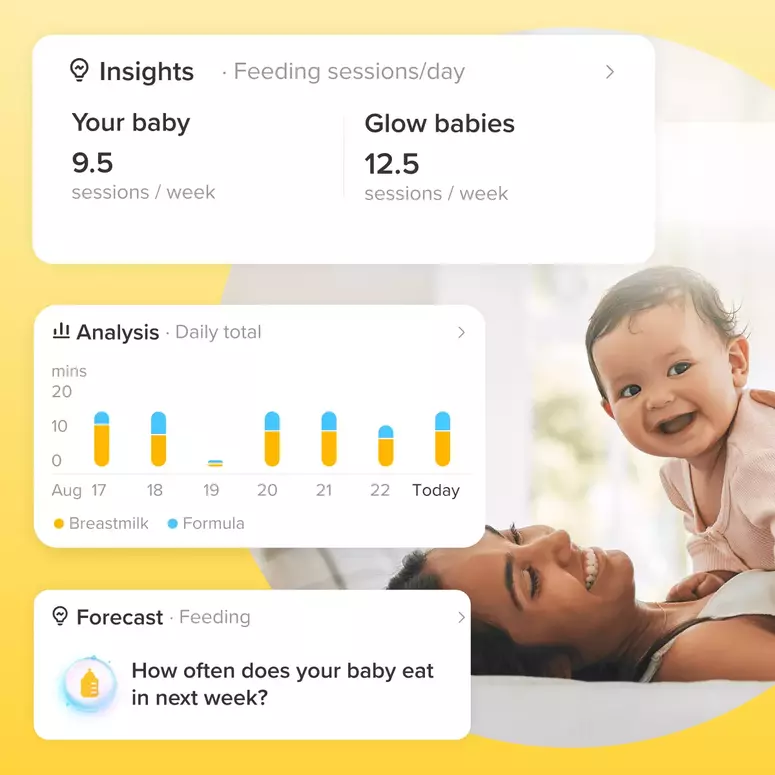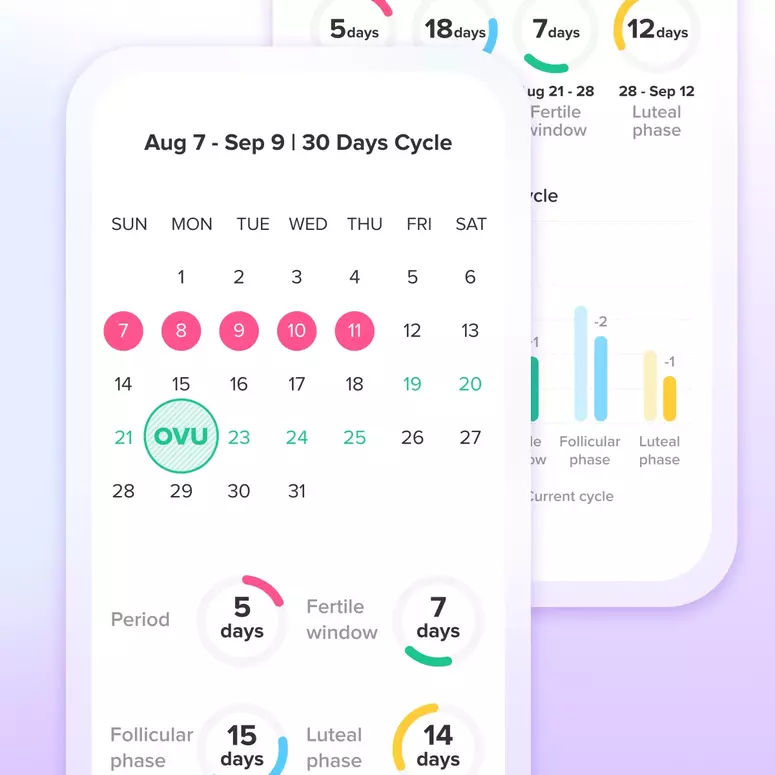Changing a baby’s diaper can sometimes feel like a challenging task, especially as they become more active and curious about their surroundings. As a parent or caregiver, you might find yourself engaged in a mini-battle to keep your little one still during diaper changes. Fortunately, there are several strategies you can employ to make this process smoother and more manageable. In this article, we will explore six effective ways to keep your baby still when changing their diaper.
- Engage Their Senses: Babies are naturally curious and easily distracted by new stimuli. Before starting the diaper change, have a few colorful toys or interesting objects within their line of sight. You can give them a soft toy to hold or gently dangle a colorful mobile above the changing area. This sensory engagement can often hold their attention long enough for you to complete the diaper change without too much fuss.
- Sing or Talk: Your soothing voice can work wonders in calming your baby during a diaper change. Sing a lullaby, talk about your day, or narrate what you’re doing. The sound of your voice can not only provide comfort but also serve as a distraction. Babies are often intrigued by the sound of speech, and this can help keep them occupied while you complete the task.
- Provide a Distraction: Babies are more likely to stay still if they have something to focus on. Consider having a designated “diaper time” toy that your baby only gets to play with during diaper changes. This novelty can keep them interested and less likely to squirm away. It’s important to choose a toy that’s safe and easy to clean.
- Use Diapering Accessories: Utilize diapering accessories to your advantage. A mobile changing station with straps can help secure your baby in place. There are also diaper-changing attachments for cribs that can keep your baby entertained and prevent them from rolling away. Additionally, consider using disposable changing pads with interesting designs to capture your baby’s attention.
- Choose the Right Timing: Timing is crucial when it comes to diaper changes. Try to change your baby’s diaper during or after their feeds, when they’re naturally more content. A sleepy baby might be less likely to wiggle around, making the process easier for both of you.
- Make It a Game: Babies love games, even simple ones. Turn diaper changing into a playful activity. Use a gentle tone and facial expressions to make it seem like a fun game rather than a chore. You can play “peek-a-boo” with the diaper, count their tiny toes, or even blow a few bubbles to add an element of surprise.
Conclusion
Changing your baby’s diaper doesn’t have to be a struggle. By employing these strategies, you can create a more positive and engaging experience for both you and your baby. Remember that patience and flexibility are key. Babies can have their fussy moments, and that’s perfectly normal. The goal is to make diaper changes as stress-free as possible for both you and your little one. Experiment with these methods to find what works best for your baby’s personality and preferences. With a bit of creativity and a lot of love, you can transform diaper changes from a challenge into a bonding experience.




